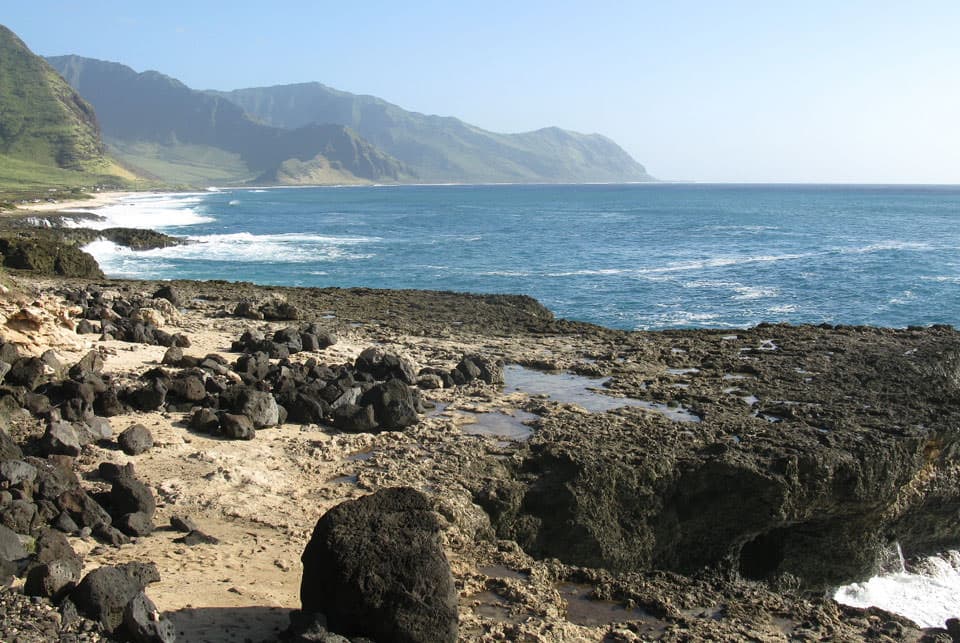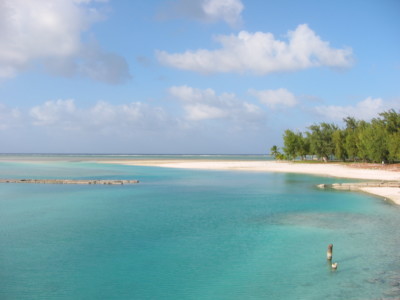“Windward” and “leeward” refer to the prevailing winds on opposite sides of an island.

An island’s windward side faces the prevailing, or trade, winds, whereas the island’s leeward side faces away from the wind, sheltered from prevailing winds by hills and mountains. As trade winds blow across the ocean, they pick up moist air from the water.
Once the damp air makes landfall on an island, it ascends hills and mountains to form condensation, clouds, and precipitation. As the air moves to the other side of the island, it warms up and dries out. Thus, an island’s windward side is wetter and more verdant than its drier leeward side. Meteorologists call this contrast the orographic effect.
As an example, the Hawaiian Islands have damp windward sides and drier leeward sides most of the time as a result of the Pacific Ocean’s northeasterly trade winds. Windward locations are generally lush and green. Famously sunny beaches like Oahu’s Waikiki and Maui’s Wailea are found on the islands’ more sheltered leeward sides.
Last updated: 07/12/18
Author: NOAA
